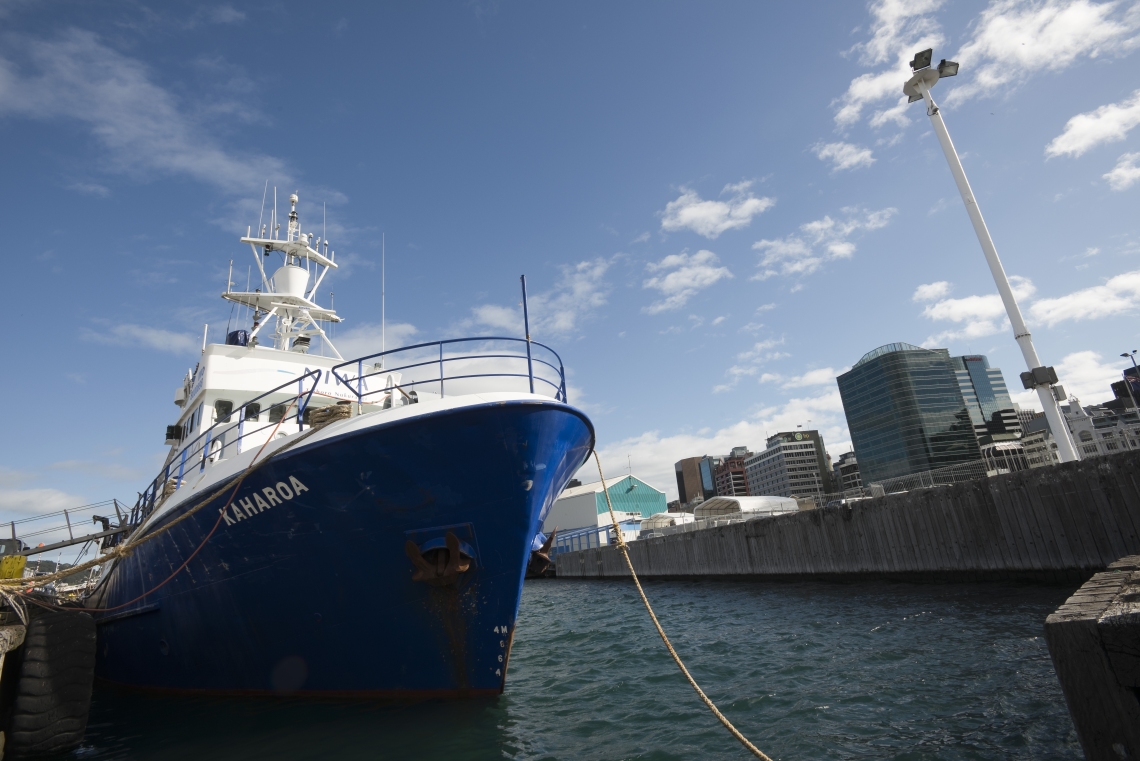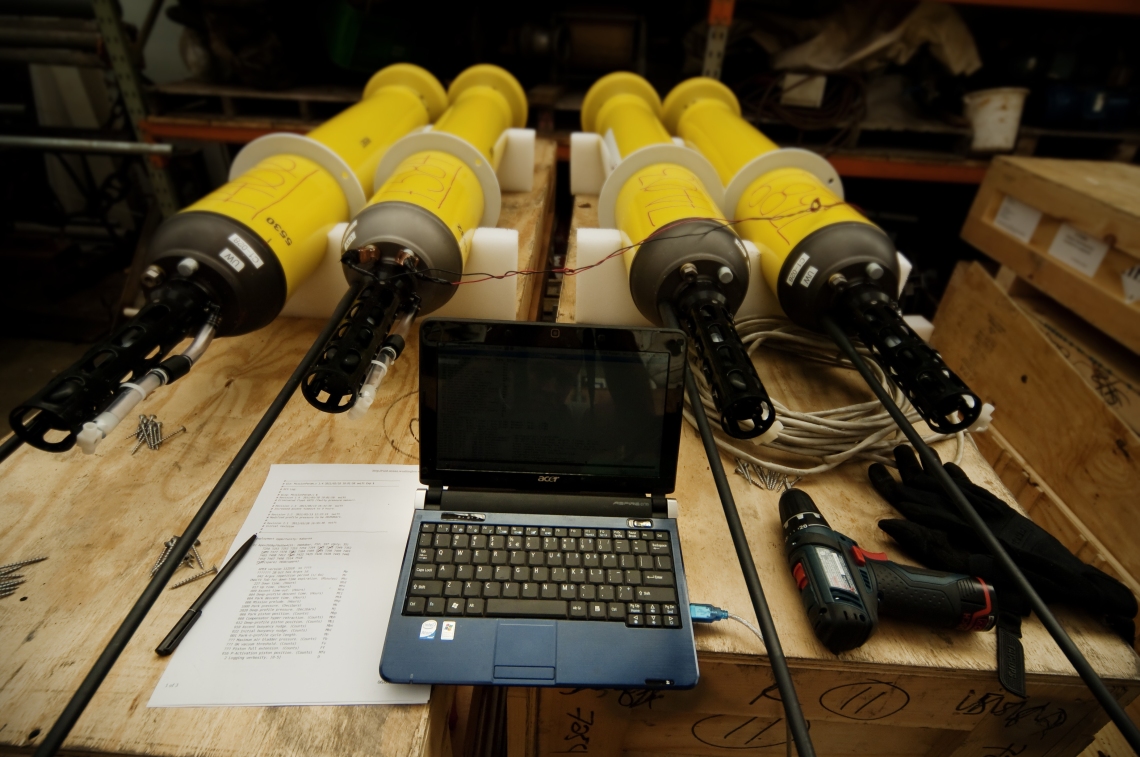NIWA’s research vessel Kaharoa carried out a three-week voyage to deploy the first Deep Argo floats to collect data on climate change at ocean depths of about 5700m.
Nine Deep Argo floats, essentially underwater robots taking the pulse of the ocean, will be deployed in the South West Pacific, northeast of New Zealand. They contain sensors to measure temperature and salinity between the surface and 6000m deep, along with devices to transmit the data to satellites.
This deployment follows a trial of two Deep Argo floats east of the Kermadec Trench in June 2014 and recovered in October last year.
NIWA oceanographer Phil Sutton said the trial had been extremely successful with the floats providing reliable data and recovered in good condition.
The floats record measurements on the way down to the sea floor and then remain at the bottom of the ocean for 10 days. They then resurface to transmit data to a satellite before descending again.
The International Argo Project
The Deep Argo floats are an extension of the International Argo Project which presently has about 4000 floats deployed around the globe to take measurements in the top 2000m of our oceans. The project began in 2000, and NIWA has played a key role in the global deployment of these floats.
Professor Dean Roemmich, from Scripps Institution of Oceanography in San Diego, chairs the International Argo Steering Team, and says scientists have been looking at the 2000m data for a decade “but it’s only the top of the ocean”.
“We think the deep ocean is gaining heat at a slower rate than the upper ocean, but the quantity is nonetheless large because of the great volume of the deep oceans. The deep data we have are too sparse to enable us to be very confident. We are interested in seeing changes coming from Antarctica where the deep ocean water is forming.”
“Nearly all (> 90%) of the excess heat entering the Earth’s climate system goes into warming the global oceans. The rate of ocean heat gain is thus a key climate index, and it is a predictor of how much the surface temperature of Earth will continue to warm even if climate forcing (greenhouse gas emissions) was reduced to zero.
The voyage
The abyssal plains of the South West Pacific were selected for this latest project because they can be accessed easily by NIWA vessels and because a Southern Hemisphere location enables any signals in the data to be observed sooner.
Two types of Deep Argo float will be deployed on this voyage with each comprising two plastic-encased glass balls. The first measures 35cm in diameter and the second is slightly larger.
Prof Roemmich, who is in New Zealand to oversee this project, says it will be several years before enough data are collected for useful analysis but the plan is to deploy more deep floats around the globe as funding permits.
The next site is likely to be the South Australian Basin later this year.
Prof Roemmich says about 1200 of these floats will eventually need to be deployed across the world to provide a more comprehensive picture of the ocean’s role in climate as well as weather and climate prediction systems.
Further information
- Argo data is freely available at www.argo.net



